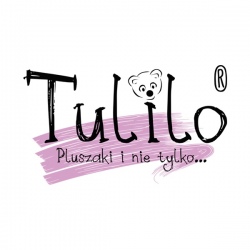Export of cold meats. Polish cold meats are tradition and taste
Poland has long been a key player in the European meat and meat product market, with the export of cold cuts constituting a significant element of its foreign trade. Thanks to traditional recipes, high-quality raw materials, and competitive prices, Polish cold cuts are well-regarded in many international markets. The cold cuts exported from Poland include a wide range of meat products, from standard sausages and traditional varieties to ham, bacon, kabanos, and even modern products with reduced fat or salt content, tailored to consumer preferences in different countries. Among the most popular products, sausages such as hunters' sausage, Krakow dry sausage, and kabanos enjoy the highest demand. These products are recognized as Polish specialties and are often included on the list of traditional products, further emphasizing their uniqueness and connection to Polish culinary culture.
The main export destinations for Polish cold cuts are EU countries, with Germany, the Czech Republic, the United Kingdom, France, and Slovakia being the largest recipients. The export of hunters' sausage and Krakow sausage to Germany, as well as the export of bacon and ham to the United Kingdom, constitute a significant portion of Poland’s international trade. Germany, Poland’s largest trading partner in the meat sector, imports substantial quantities of Polish cold cuts, appreciating their high quality and traditional taste. However, Polish cold cuts are also gaining increasing popularity in non-European markets such as China, South Korea, Japan, and the United Arab Emirates. Exporting kabanos to these markets requires meeting stringent sanitary and quality standards, which attests to the high standards of Polish products. The expansion of cold cut exports to Asian markets is particularly significant, given their dynamic economic growth and growing interest in premium products.
The export of pâtés from Poland is also playing an increasingly important role in the foreign trade of cold cuts. Pâtés, which have long been a popular element of Polish culinary tradition, are gaining recognition in international markets due to their unique recipes and diverse flavors. High-quality ingredients, the absence of artificial preservatives, and a variety of options, including meat, poultry, and vegetarian pâtés, make them a favorite choice for consumers in Western Europe and beyond. The largest recipients of Polish pâtés are Germany, the United Kingdom, and France, where there is growing interest in products with authentic flavors. The export of pâtés to Asian markets, including Japan and South Korea, is also on the rise, thanks to their uniqueness and adaptation to local consumer needs.
According to data from the Central Statistical Office and the Ministry of Agriculture and Rural Development, the export of Polish cold cuts has been steadily increasing in recent years. In 2022, the value of meat product exports, including cold cuts, reached approximately 7.5 billion PLN, representing a growth of several percent compared to the previous year. In terms of volume, around 300,000 tons of cold cuts were exported, making Poland one of the largest exporters in this category in Europe. Pork products accounted for the majority of this value, forming the backbone of Polish meat exports. However, in recent years, there has also been noticeable growth in the export of poultry cold cuts, which are gaining popularity due to their lower price and reduced fat content. These statistics demonstrate Poland’s strengthening position in the international market, offering both traditional and innovative products.
Polish cold cut exports benefit from the strong reputation of domestic producers who combine traditional production methods with modern technologies. Many companies invest in the development and certification of their products, obtaining international quality certifications such as BRC and IFS. These efforts enhance consumer trust and foreign partner trust, translating into increased sales. Additionally, Polish cold cuts are frequently promoted at international food fairs, such as SIAL in Paris or ANUGA in Cologne, further boosting their global recognition. Participation in such events is key to building business relationships and acquiring new markets.
One challenge facing Polish cold cut exports is the increasing demand for sustainability and environmental care. In response to these trends, more and more producers are introducing solutions to reduce carbon emissions and decrease water and energy consumption during production. Innovations in packaging, such as biodegradable films or reusable packaging, are also being implemented, attracting customers in countries where ecology plays a key role in consumer decisions. Environmental care and adherence to sustainability standards are becoming increasingly important elements of marketing strategies for Polish companies.
Another critical aspect of Polish cold cut exports is the role of trade policy and international agreements. Poland's EU membership facilitates free trade within the Union, significantly easing exports to member states. At the same time, Polish exporters benefit from the EU's trade agreements with third countries, which reduce tariffs and other trade barriers. One example is the free trade agreement with Japan, which has opened new opportunities for Polish cold cut producers in the Asian market. Such agreements are highly beneficial as they enable Polish companies to compete on equal terms with local producers in other countries.
Particular attention should also be paid to promotional activities carried out by industry organizations and state institutions. Campaigns such as "Polska smakuje" ("Poland Tastes Good") and "Tradycja i jakość" ("Tradition and Quality") promote Polish cold cuts as products with unique flavors and high quality, while highlighting their connection to Polish culture and culinary traditions. Thanks to these initiatives, Polish cold cuts are becoming recognized not only in Europe but also in other parts of the world. These efforts are supported by various export support programs, offering producers opportunities to participate in international fairs and training in export and marketing.
It is also worth noting the challenges related to competition in the international market. Polish producers face competition from other countries, such as Germany, Spain, and Italy, which are also known for high-quality meat products. To maintain their position, Polish companies invest in innovation, develop new product lines, and adapt their offerings to changing consumer preferences. Examples include the development of premium products, such as cold cuts without preservatives, with simple ingredients, or made from organic meat, which respond to the growing demand for healthy food. Thanks to these efforts, Poland maintains its competitiveness and attractiveness in the eyes of foreign buyers.
The export of cold cuts from Poland is a dynamically growing sector of the economy, playing an essential role in promoting the Polish brand worldwide. Thanks to high product quality, effective marketing strategies, and adaptation to the requirements of foreign markets, Polish cold cuts are gaining increasing recognition on the international stage. Despite challenges related to growing competition and changing consumer demands, this sector has promising prospects for further growth and strengthening Poland's position as a leader in the production and export of cold cuts. It is therefore worth continuing efforts to increase the recognition of Polish products globally and investing in innovation and sustainable development to meet the expectations of future consumers.

 pl
pl  en
en  de
de  es
es  fr
fr  it
it  pt
pt  ru
ru  sv
sv 
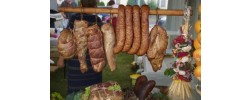

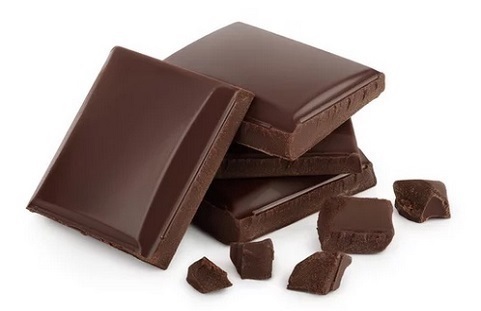
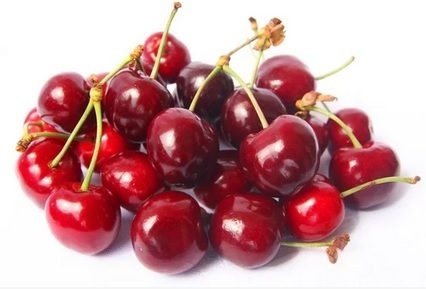














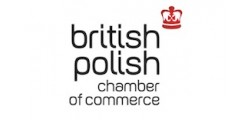
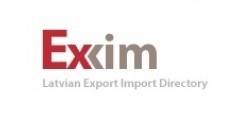



.jpg)

